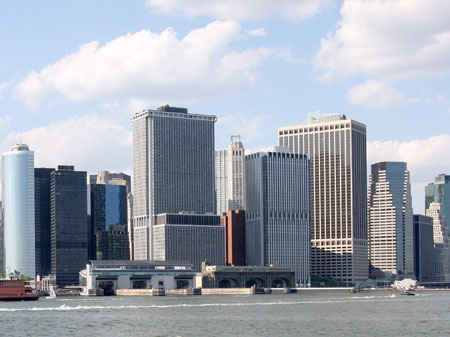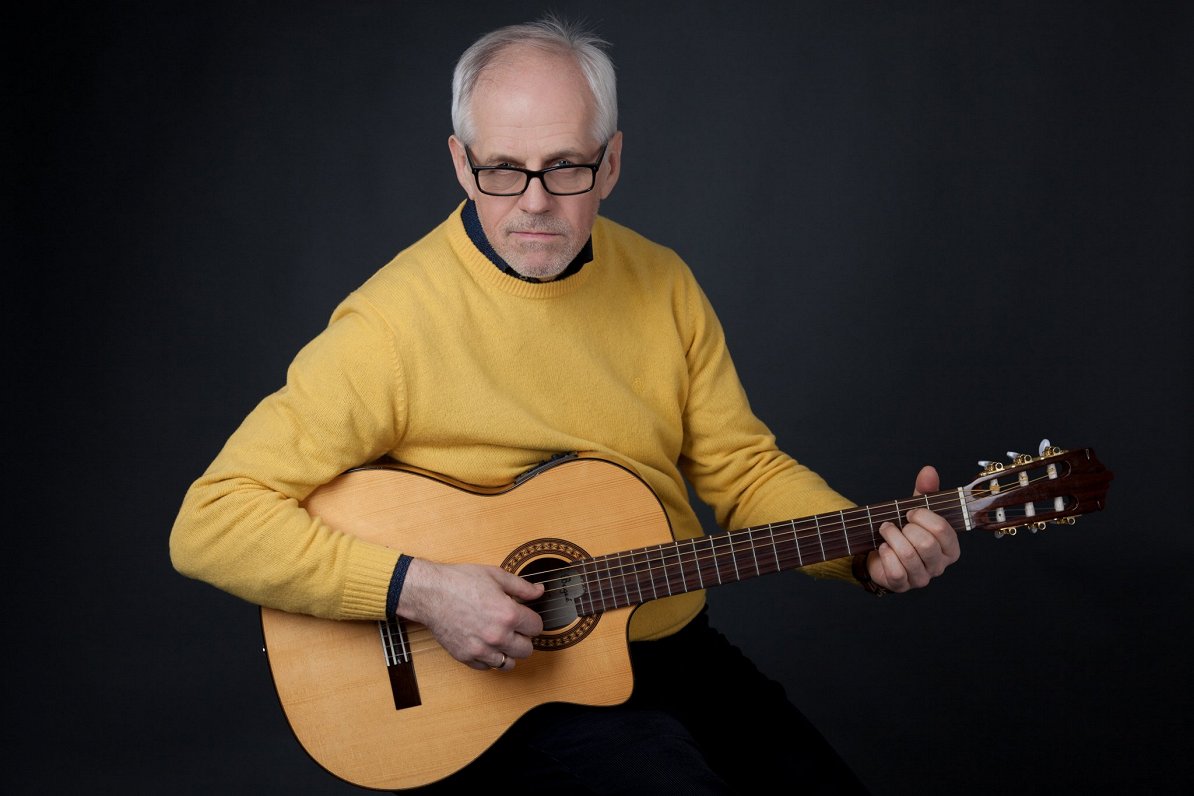As we pull the stroller outside our Harlem home, a neighbor in a brightly colored kaftan rushes up. She leans over the car. Our daughter Ylvie, bald, with deep brown eyes and lifebelts on her arms and legs, is six months old. She smiles. Whenever we happen to meet the neighbor, she flirts with Ylvie and talks about her four sons, who are now grown up.
We experience situations like this again and again in New York. The supermarket cashier shows us cell phone photos of his granddaughter. The ticket seller at Harlem’s legendary jazz club, the Apollo Theater, gives us a discount because she thinks Ylvie is so cute. At the Museum of Modern Art, almost more people gather in front of our stroller than in front of Van Gogh’s The Starry Night.
Our little daughter is like an “open sesame” – and that, although we are only guests in New York, little more than tourists. My husband and I are spending our maternity leave in the Big Apple. One last big city adventure before we build sand castles in Denmark. “It also dawns on me a bit that we don’t just want to experience New York as four-day tourists, but that we want to go a little deeper and experience what it means to live in New York.”
We found an apartment in Harlem through Craigslist, a website with classified ads. It’s in a block of multi-story red brick buildings with black fire escapes, right next to a small park where teenagers play basketball. We took it over as a sublease from Marina, a single mother. For a month we sleep in Marina’s bed, cook baby sweet potato porridge on her gas stove and let Ylvie play with her daughter’s rattle. There’s a note on the fridge: Take a trip to stroller land—to stroller land in Park Slope, Marina writes.
“Today we’re going to Park Slope to see how the mothers are out here with their strollers.” – “And fathers!” – “And fathers, of course. We heard that Park Slope, that’s a part of Brooklyn, that’s supposed to be the Prenzlauer Berg part of New York. The sun is shining, it’s not too hot, not too cold. Let’s go! “
There are elevators at almost all metro stations, so we can easily get through Manhattan to Park Slope in Brooklyn with the stroller. On the seventh avenue, we are actually reminded of Berlin’s hip artists’ district of Prenzlauer Berg: renovated old buildings gleam in the midday sun, greengrocers advertise the Organic label, and well-styled mothers push their children in front of them in McLaren buggies.
Brownstones, the typical American houses made of rust-red sandstone, line a tree-lined side street. Hydrangeas bloom fluffy behind wrought-iron fences. A three storey townhouse with a nested bay window is for sale:
“It’s being renovated. Come on, let’s see if we can see anything.”
In our minds we’re already scraping our dollars together. A woman in her early 30s stops and looks into the pram. Does she live here? I ask. Her parents live here, but she couldn’t afford it herself because Park Slope has become expensive, says Shania. Many white, middle-class people buy real estate in the area, which has the charm of a village and is only a ten-minute train ride from Manhattan. Our favorite house was estimated to cost up to six million dollars. Fast forward to Prospect Park! There we spread a blanket and let Ylvie pluck the blades of grass.
The next day we stand in a spacious plaza on the Upper West Side and look out over a building with tall arched windows. Ladies and gentlemen in evening wear are already waiting in the foyer. Ylvie also wears a chic strap dress:
“Now that’s the experiment. How will she stand it in a closed opera hall. And it’s not just anyone, it’s the MET, the Metropolitan Opera. But we have an afternoon performance, so we can be lucky that she might fall asleep, right that she likes the music so much that she is calm.”
With tickets to Tchaikovsky’s The Sleeping Beauty, we’re the only couple with a baby, but many young children and their parents are seated in the “Familiy Circle,” an area on the top balcony for families. The star crystal chandelier goes out and the overture sounds. In the dark, the balconies shimmer golden, the seats velvet red. Maybe Ylvie feels like she’s in her mother’s womb – in any case, she falls asleep immediately. After the third act, Ylvie starts to cheer. I follow the rest in the cinema of the opera house, where there is a live broadcast.
After two weeks we feel at home in New York. We chat with the Polish caretaker, father of two, and are regulars at Maison Harlem, a soul food restaurant. We discovered the numerous parks in New York as living rooms and bedrooms. In Bryant Park in Midtown Manhattan we ride with Ylvie on a nostalgic children’s carousel. In Battery Park at the harbor we have a picnic with a view of the Statue of Liberty, and in Central Park Ylvie slumbers to a Mozart symphony on the Naumburg Bandshell concert shell.
“I have the feeling when the three of us are out and about, that we are a small island in the hustle and bustle of the big city. That we feel very comfortable, but we are secure within ourselves – which strengthens the feeling in me: the pram. It’s like that something of a castle that we move through here like a ship.”
With the baby in the Bronx? That wasn’t planned – even if the days when garbage cans burned there are in the past. But then a friend writes me that the documentary artist Thomas Hirschhorn is erecting a monument in the Bronx – a kind of culture pavilion far away from all the well-known museums in New York.
The architecture, made of partially sprayed plywood boards, stands on a lawn between high-rise red brick buildings and is reminiscent of a barque. In rooms that have been timbered together, people from the neighborhood can, for example, surf the Internet or play theatre. When we enter a room in which a painting class is taking place, a girl of around nine years old with Rasta braids comes running towards us:
Samani lives in one of the 15 high-rise buildings that make up the settlement. It’s often boring during the holidays, so she’s happy about the cultural project, she likes painting, art and traveling, she says while playing with Ylvie’s bare feet. Ylvie won’t consciously remember it, but we’re having an unexpectedly beautiful day, and I’m glad that our daughter in New York isn’t just getting to know high culture at the opera, but also a bit of everyday life in a socially deprived area.
We spend the last day in Greenwich Village, a bohemian neighborhood in Lower Manhattan with narrow, tree-lined streets and picturesque brownstone houses. A woman in her 60s pushes a three-year-old boy in a buggy past the sidewalk bar where we are having breakfast. She stops and waves to Ylvie on my lap:
The village really is a village, everyone knows everyone, and the construction workers from the house next door take care of Jacob, their grandson, says the woman, who introduces herself as Ellen Stone. Before she says goodbye, she wants to know if we’re new in the area. “We were pleased that we passed as New Yorkers at the end of the trip. But the best thing, of course, was that we were able to spend so much time with Ylvie in the middle of the city of cities.”
–


